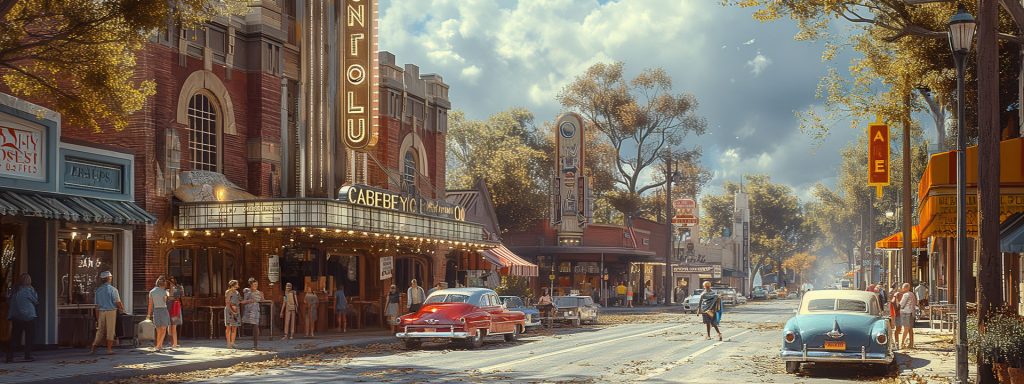
Nostalgia, from the Greek to ache for home, is a potent force, capable of transporting individuals back in time to cherished moments and places. In the realm of placemaking, nostalgia serves as both a tool and a testament to the power of memory in shaping environments that resonate deeply with people.
At its core, placemaking seeks to create spaces that foster a sense of belonging and identity. Nostalgia taps into this intrinsic human desire for connection by evoking memories of places from the past that may hold personal significance. Whether it's the sight of a familiar building, the scent of a favourite dish wafting through the air, or the sound of laughter echoing in a neighbourhood square, nostalgic elements can imbue a place with a sense of warmth and familiarity. Indeed the power of smell can be attributed to the location of the olfactory bulb (responsible for smell) near to the hippocampus, associated with memory, in our brains.
In addition, nostalgia has the remarkable ability to transcend individual experiences and resonate on a collective level. Shared memories of a bygone era or an admired landmark can serve as a unifying force within a community, fostering a sense of camaraderie and pride. In this way, placemaking becomes not just about physical infrastructure but also about the intangible bonds that tie people together.
One need only look at examples like the revitalisation of historic districts or the restoration of iconic landmarks to see the transformative power of nostalgia in placemaking. By preserving elements of the past and integrating them into contemporary urban landscapes, cities can create spaces that honour tradition while embracing progress. This delicate balance between preservation and innovation is key to fostering a sense of continuity and identity within rapidly evolving urban environments.
Nostalgia can also serve as a catalyst for economic development by attracting visitors drawn to the allure of yesteryear, something that Walt Disney knew only too well. Whether it's a vintage-themed market or a retro-inspired café, businesses that tap into the nostalgia trend can capitalise on the emotional connection and aching that people feel towards the past.
In essence, nostalgia is more than just a sentimental longing for days gone by—it's a powerful tool for shaping the places we inhabit and forging connections that transcend time and space. By harnessing the evocative power of nostalgia, place makers can create environments that not only reflect our shared history but also inspire future generations to create their own cherished memories.